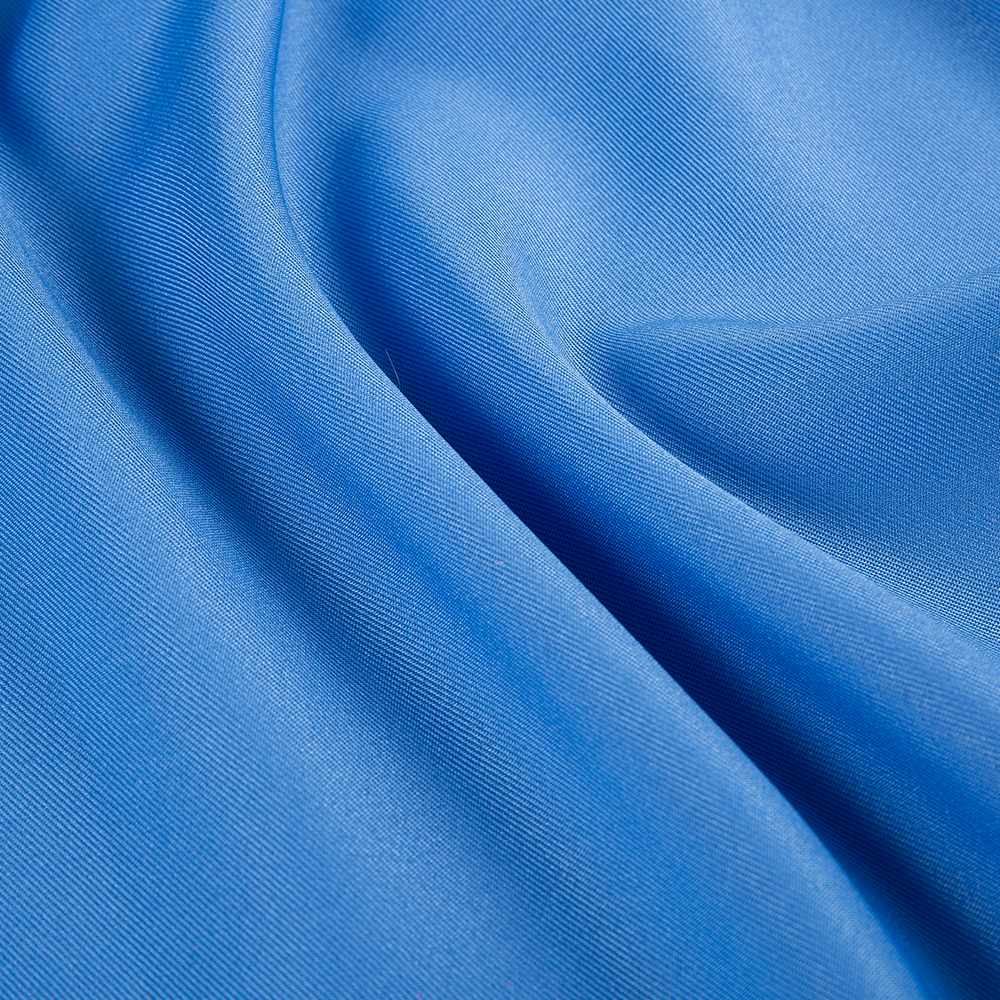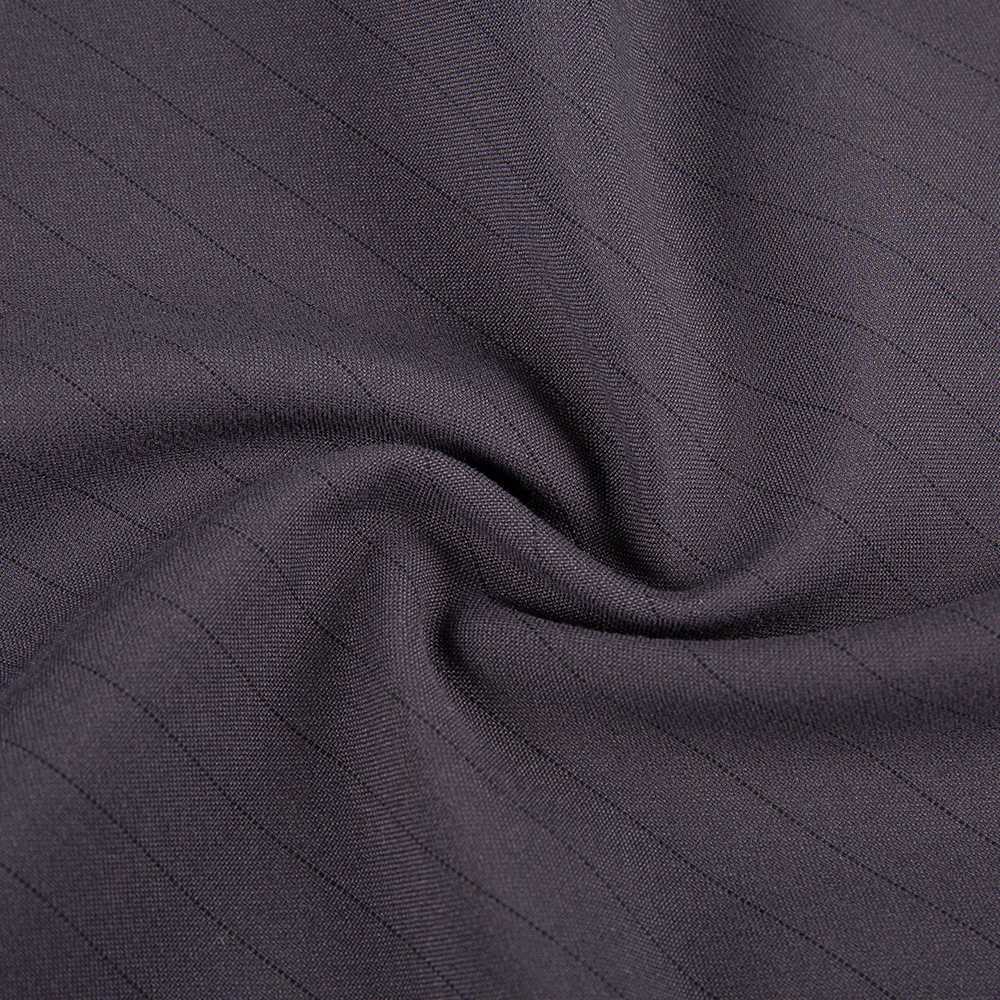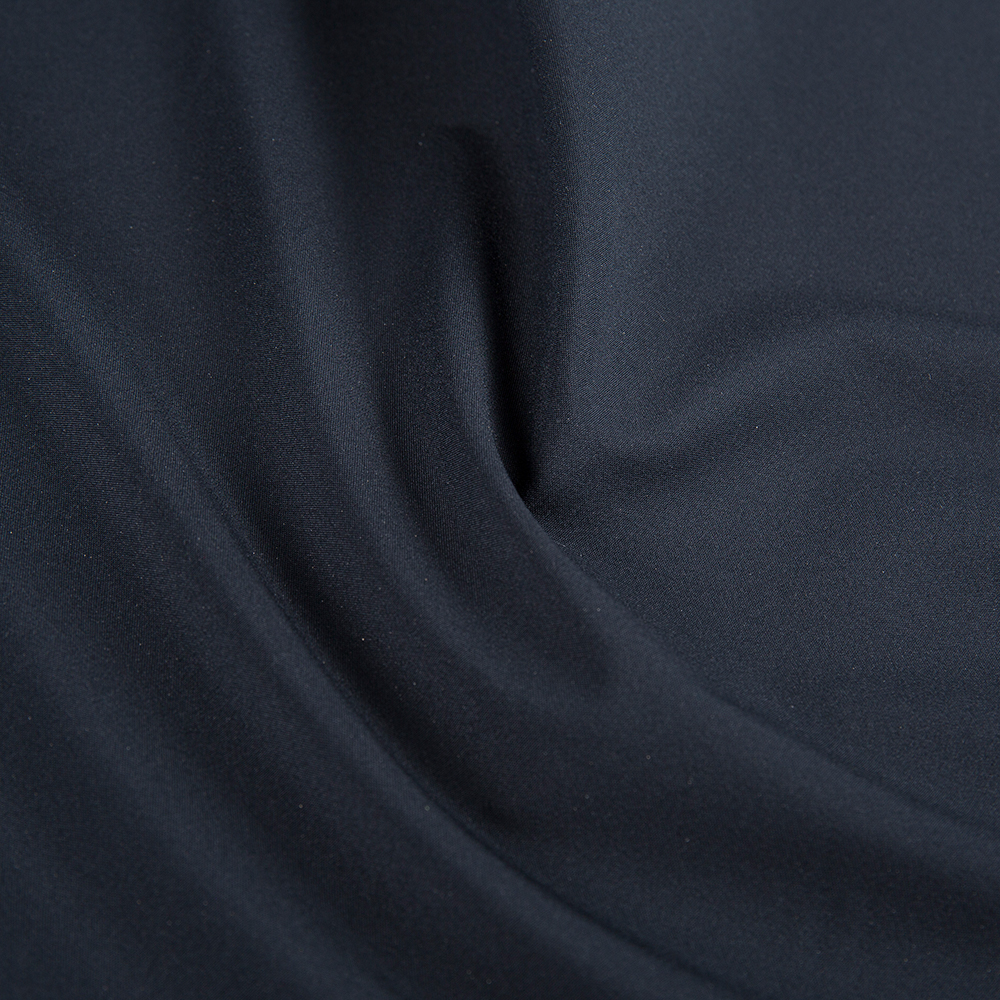Web Menu
Product Search
Industry news
Structure and Function Analysis of Bright Silk Conductive Grid Anti-static, Dust-free Clothing Fabric
Bright silk conductive grid anti-static, dust-free clothing fabric uses polyester fiber as the core basic material. Polyester fiber has high strength, low moisture absorption and excellent chemical stability. These characteristics enable it to maintain the integrity of the fabric structure under long-term use and complex environments, laying the foundation for the overall performance of the fabric. On top of this, high-performance functional fibers are integrated, and the wear resistance and dustproof properties of the fabric are further improved through precise proportioning and composite technology. Under such a material framework, a stable and reliable carrier is provided for the subsequent embedding and synergy of bright silk conductive fibers, so that the fabric can meet higher standards of anti-static requirements while having basic protective functions.
Precision weaving to shape grid structure
In the weaving process, warp knitting or weft knitting technology is innovatively used. These two technologies have their own advantages and can achieve high-precision fabric forming. Warp knitting technology is known for its longitudinally extended coil structure, while weft knitting technology is more characterized by the flexibility of transverse weaving. No matter which technology is chosen, metallized or carbon-based bright silk fibers with excellent conductivity can be embedded in the fabric structure with micron-level precision. By precisely controlling the weaving parameters, the bright silk conductive fibers form a uniform and dense grid distribution in the fabric. This precise weaving process not only ensures the regularity of the grid structure, but also effectively avoids damage to the conductive fibers during the weaving process, ensuring the integrity of its conductive properties, so that the entire fabric presents an orderly and efficient structural form from the microscopic to the macroscopic.
Three-dimensional network breaks through the limitations of conduction
The unique warp and weft interwoven grid structure is the core technical highlight of this fabric, which completely breaks the limitation of the unidirectional conductivity of traditional striped fabrics. Traditional striped fabrics can only conduct static electricity in the direction of the stripes. When the charge direction is inconsistent with the stripes, the conduction efficiency will be greatly reduced. The warp and weft interwoven structure of the bright silk conductive mesh fabric is like building a criss-cross three-dimensional charge conduction network. In this network, each bright silk conductive fiber is a key node. They are interconnected and work together to form an all-round, dead-angle-free charge transmission system. When the human body generates static electricity, the charge is no longer limited to a single-direction conduction path, but can quickly diffuse along the conductive fibers in the warp and weft directions in a two-dimensional plane, just like a precisely woven "static highway" matrix, ensuring that the charge can be rapidly conducted in milliseconds in any direction, greatly improving the efficiency of static electricity removal, and providing reliable protection for highly static sensitive environments.
Synergistic effect ensures protection effectiveness
The basic material and bright silk conductive fiber in the fabric are not a simple physical combination, but a synergistic effect is achieved through a special composite process and structural design. The stable structure of the basic material provides support and protection for the conductive fiber, making it difficult to break or shift during use; the grid system constructed by the bright silk conductive fiber gives the fabric a key anti-static function. The two work together to maintain stable charge conduction performance when facing interference from various external factors.
RELATED PRODUCTS
- Textiles
- > Cosplay Fabrics
- > Outdoor and sports series
- > Work Jacket Fabrics
- > Down Jacket Fabrics
- > Women's Wear Fabrics
- > Anti Static And Dust-Free Clothing Fabrics
- About BANYAN
- > Our Story
- > Innovation & Testing
- > Certificate
- Contact
- Address:No.2, Jinlun textile garden, 3rd south ring road, Shengze Town, Wujiang District, Suzhou
- Phone: +86-13913093109
- Email: [email protected]

 English
English 中文简体
中文简体











